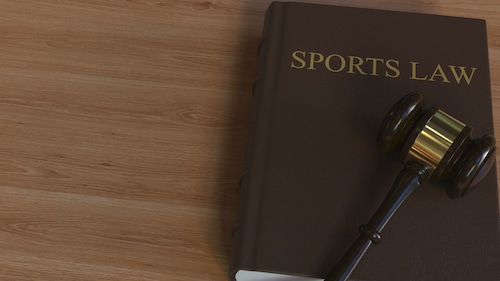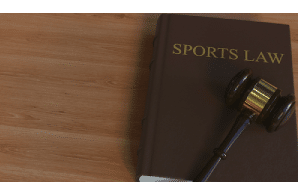Even though some sports date back thousands of years, they are not the same as what they’ve used to be, at least not in terms of laws and regulations. Organizers and big sports associations are constantly searching for a way to improve the game, make it fair for every team participating and bring the sport closer to the fans.
With that said, some things are learned the hard way, through legal cases that reshaped sports law. Some of these cases helped to shape the way NBA transfers operate and that’s why some NBA Trade Rumors 2021 don’t have substance to happen.
In today’s article, we will take a peek at some of the most important legal cases in the industry that reshaped sports forever.
O’Bannon v. NCAA (National Collegiate Athletic Association)
This is one of the most iconic law cases in sports that led to big changes in the industry. The former professional basketball player Ed O-Bannon which was a power forward for the UCLA Bruins back in 1995, filed on behalf of the NCAA’s Division I football team and men’s basketball players, a lawsuit where he questions the organization’s use of images and likeness of his former student-athletes for commercial purposes.
This suit argues that every graduating student-athlete should become entitled to financial compensation for the NCAA’s commercial use of their images, videos, or other promotional material.
The NCAA said that paying graduating students will be a violation of their concept of amateurism in sports.
What began as simple image rights, ended up on both parties settling for $60 million morphed into class-action of the entire NCAA amateur model.
This case reshaped the future of many upcoming young sports athletes, where they will receive benefits from the NCAA as compensation for their images and promotional materials.

Brentwood Academy v. Tennessee Secondary School Athletic Association
The final decision of this case adds even more weight after the United States Supreme Court ruled that state high school athletic associations could be considered state actors for constitutional purposes.
The court held that the association’s regulatory should be considered as state action.
Additionally, the court found that the nominally private character of the association is overborne by the pervasive entwinement of public institutions and public officials. Therefore, the court noted that there won’t be recognizable associations, tangible or legal without the public school officials.
Cohen v. Brown University
This is one of the most important laws that came out back in 1972 is called “Title IX” reshaped spots in terms of gender equality. One particular case is a good illustration of the law’s impact on professional and amateur female athletes and universities.
Back in 1995, the Brown University decided to downgrade two women’s teams (volleyball and gymnastics) and also to men’s teams (golf and water polo) from university-funded varsity status to donor-funded varsity status. This sparked a reaction from a group of female athletes that charged Brown University with violating Title IX of the Education Amendments of 1972.
This case changed the future of sport for two main reasons. First, it was illustrated how the courts interpreted the IX’s three-prong test which involves:
- Participation opportunities that were not provided in substantial proportion to enrollment.
- The university did not make full and effective accommodation of the interests and abilities of the female students.
- The university didn’t show a practice of program expansion for the underrepresented gender in this context, women.
Additionally, the case illustrated that there wasn’t a problem when men’s programs are cut off to reduce costs, but that was not an option if we are talking about cutting women’s programs to reduce costs.
Final Words
Many other law cases helped to shape professional and university sports into what they are today. Most of these cases have been all about university sports, which is much less regulated.
There are some cases that addressed professional sports issues like the Fraser v. Major League Soccer, where a group of players sued the league claiming that by imposing a salary cap on players and teams through MLS, which limit the options for teams directly compensating players without the MLS taking a commission.
Such cases help level the playing field across athletes and compensate athletes for their participation in the sport.
With that said, we’ll still see new laws and regulations as new cases emerge. There was a situation where Kobe Bryant took a tumble into the crowd in order to get to the ball taking down a couple of fans including Bill Geeslin, which later sued Kobe for more than $75,000 and Bryant finally decided to settle out of court in August 2012.
We will continue to see such cases, as the sports laws strengthen with more rules and regulations.





